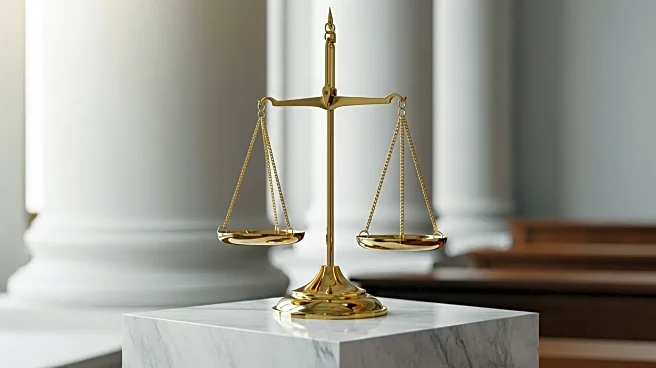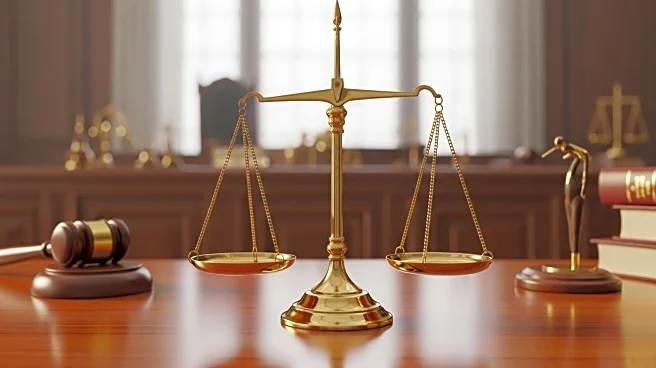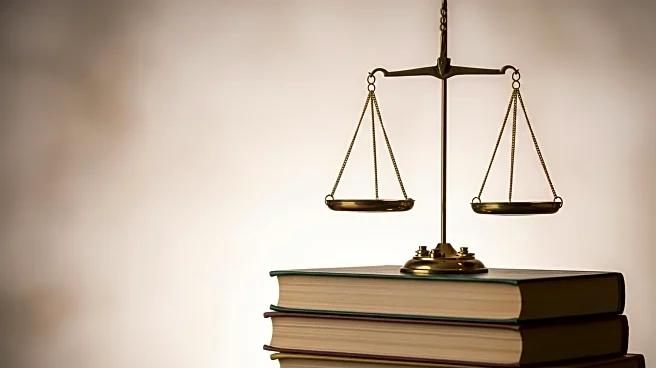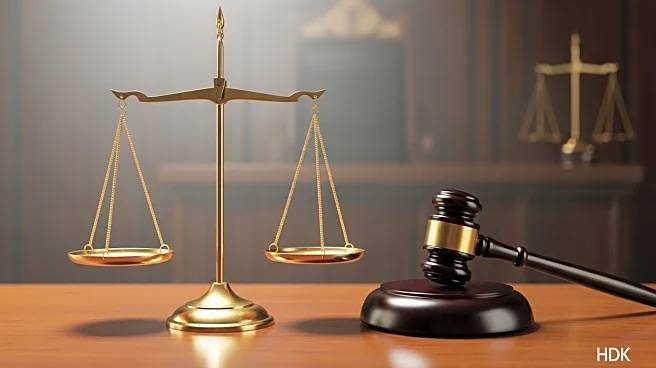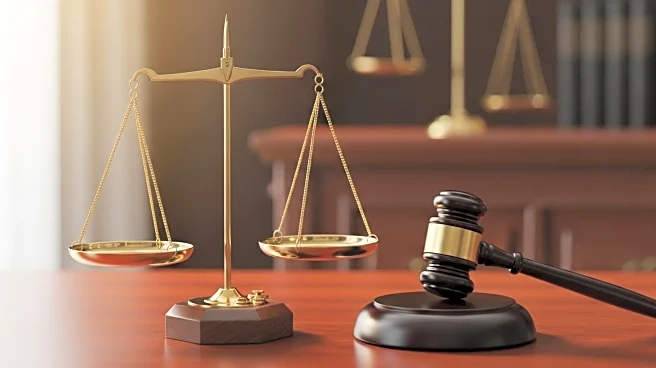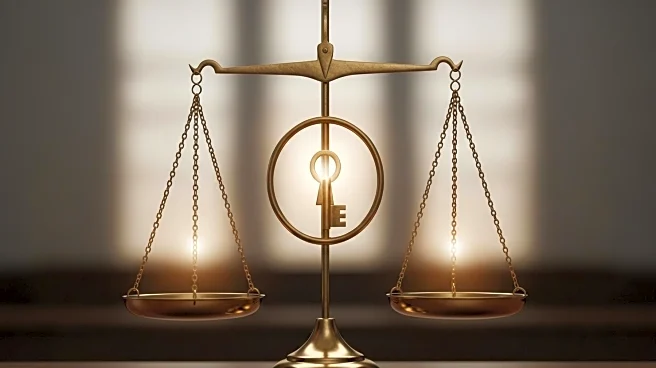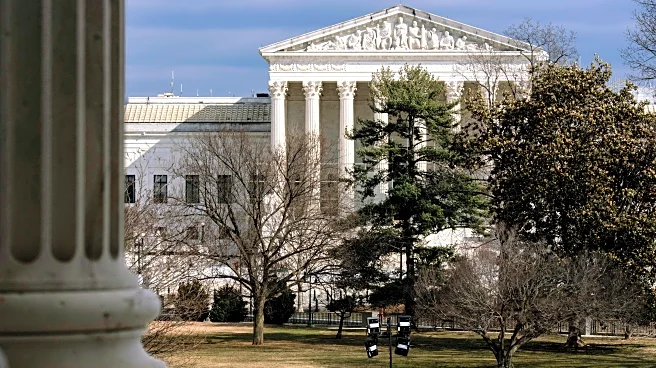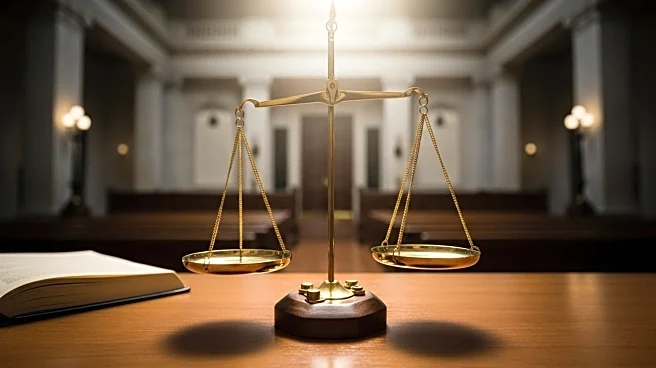What's Happening?
The U.S. Supreme Court is set to decide whether to review a case involving alleged racial bias in jury selection in Mississippi. The case centers on Terry Pitchford, a Black man on death row, who was convicted for his role in a 2004 armed robbery that resulted in a murder. The prosecutor, Doug Evans, who has a history of racial bias in jury selection, used peremptory strikes to remove Black jurors during Pitchford's trial. A federal district court found that the trial judge failed to properly apply the Batson test, which is designed to prevent racial discrimination in jury selection. However, the Fifth Circuit Court of Appeals reversed this decision, prompting Pitchford's legal team to seek intervention from the Supreme Court.
Why It's Important?
This case highlights ongoing concerns about racial discrimination in the U.S. legal system, particularly in jury selection. The outcome could have significant implications for how courts handle claims of racial bias, potentially affecting numerous cases across the country. If the Supreme Court decides to hear the case, it could lead to stricter enforcement of anti-discrimination rules in jury selection, impacting the fairness of trials, especially in capital cases. The decision could also influence public confidence in the justice system's ability to deliver impartial verdicts.
What's Next?
The Supreme Court is expected to announce soon whether it will take up the case. If it does, the decision could set a precedent for how lower courts handle similar claims of racial bias. Legal experts and civil rights advocates are closely watching the case, as it could lead to broader reforms in jury selection processes nationwide.
Beyond the Headlines
The case underscores the challenges of addressing systemic racial bias within the legal system. It raises questions about the effectiveness of current legal standards in preventing discrimination and the need for potential reforms to ensure equal protection under the law. The involvement of high-profile legal figures and the potential for a landmark ruling add to the case's significance.

